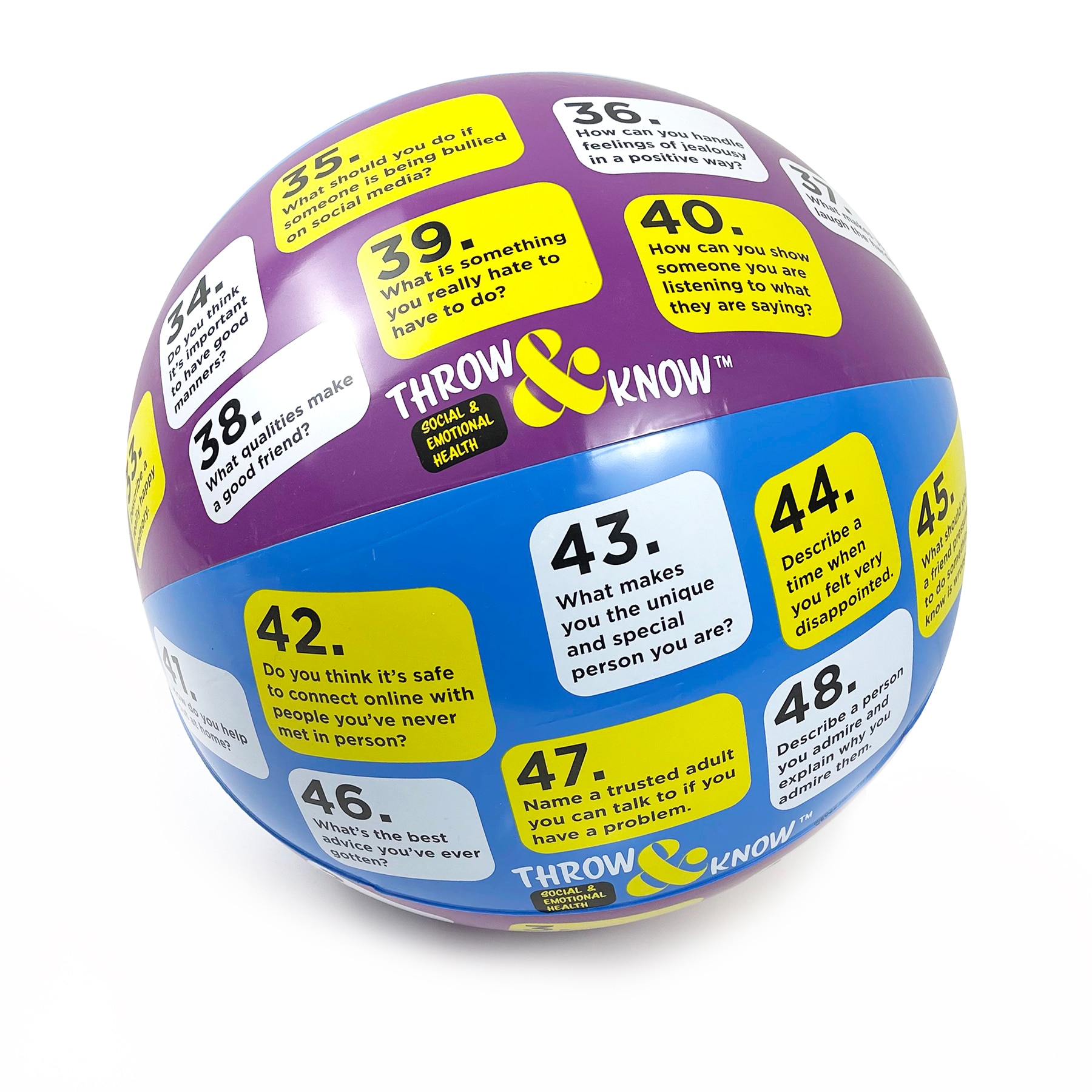Introduction
Plateaus in weight loss can be frustrating and demotivating, but they’re not the end of the road. In fact, they’re often a sign that your body is adapting to your current routine and it’s time to shake things up. In this article, we’ll explore expert strategies for breaking through weight loss plateaus and achieving your goals.
Understanding Plateaus
Before we dive into solutions, let’s first understand what plateaus are. Plateaus occur when your body adjusts to your current level of activity and caloric intake, leading to a stall in weight loss progress. This can happen for various reasons, including metabolic adaptation, hormone fluctuations, or changes in activity levels.
Mixing Up Your Workouts
One of the most effective ways to break through a weight loss plateau is to mix up your workouts. If you’ve been doing the same exercises at the same intensity for weeks or months, your body may have adapted to the routine. Try incorporating new exercises, increasing the intensity, or changing the duration of your workouts to challenge your body in new ways.
Increasing Intensity
To kickstart weight loss progress, consider increasing the intensity of your workouts. This could mean incorporating high-intensity interval training (HIIT), adding resistance training to build muscle mass, or increasing the duration of your cardio sessions. By pushing your body to work harder, you’ll burn more calories and stimulate greater fat loss.
Tracking Your Food Intake
Plateaus can sometimes be attributed to hidden calories or mindless eating habits. To break through, start tracking your food intake more diligently. Use a food journal or a mobile app to log everything you eat and drink throughout the day. This will help you identify areas where you may be consuming excess calories or overlooking hidden sources of sugar and fat.
Adjusting Your Caloric Intake
If you’ve hit a plateau, it may be time to reassess your caloric intake. As you lose weight, your body requires fewer calories to maintain its current weight. By adjusting your caloric intake slightly – either by reducing portion sizes or choosing lower-calorie foods – you can create a calorie deficit and jumpstart weight loss once again.
Prioritizing Protein
Increasing your protein intake can be particularly beneficial when trying to break through a weight loss plateau. Protein is not only essential for muscle repair and growth but also helps keep you feeling full and satisfied between meals. Aim to include lean protein sources such as chicken, fish, tofu, and legumes in every meal to support fat loss and preserve muscle mass.
Managing Stress and Sleep
Stress and sleep play significant roles in weight loss and can contribute to plateaus if not properly managed. High stress levels can lead to hormonal imbalances and increased cravings for unhealthy foods, while inadequate sleep can disrupt metabolism and increase hunger hormones. Make self-care a priority by practicing relaxation techniques, getting enough sleep, and managing stress levels effectively.
Staying Consistent
Consistency is key when it comes to breaking through weight loss plateaus. Even when progress seems slow or non-existent, stay committed to your goals and trust the process. Remember that weight loss is not always linear, and plateaus are a normal part of the journey. Stay consistent with your healthy habits, and results will follow.
Seeking Support
If you’re struggling to break through a weight loss plateau, don’t hesitate to seek support from a professional. A registered dietitian, personal trainer, or weight loss coach can provide personalized guidance and help you navigate obstacles along the way. Additionally, joining a supportive community or accountability group can provide motivation and encouragement to stay on track.
Conclusion
Breaking through weight loss plateaus requires patience, persistence, and a willingness to try new strategies. By mixing up your workouts, increasing intensity, tracking food intake, adjusting caloric intake, prioritizing protein, managing stress and sleep, staying consistent, and seeking support when needed, you can overcome plateaus and continue making progress towards your goals. Remember that plateaus are temporary setbacks, and with the right approach, you can push through and achieve the results you desire. Read more about best weight loss tips




